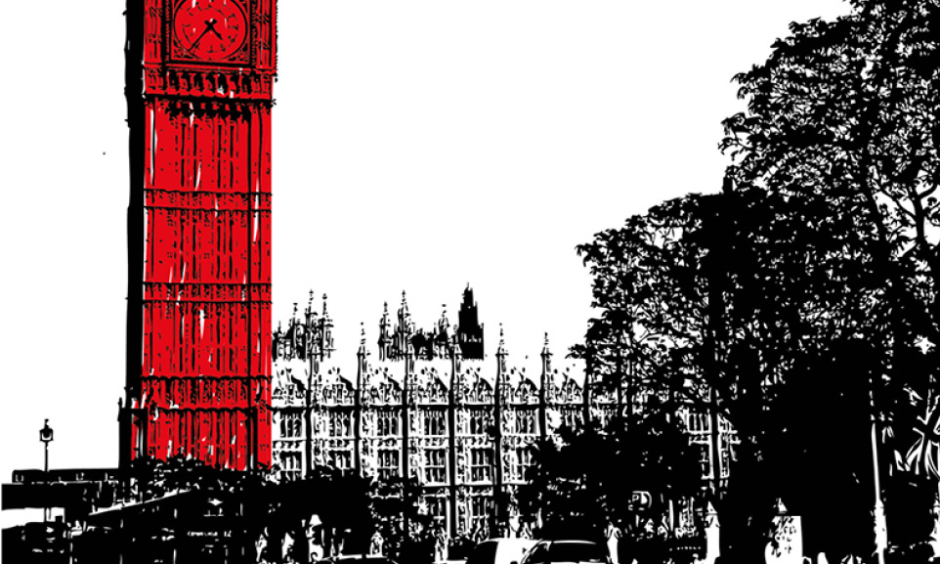Abstract
Introduction: Salvage lymph node dissection (sLND) is a treatment option for prostate cancer (PCa) patients with nodal recurrence after radical therapy to delay tumour progression and hormonal treatment. We evaluated the outcomes in terms of biochemical recurrence (BCR), clinical regression, and cancer specific survival (CSS) in a large, multicentric series of patients treated with sLND for nodal recurrence of PCa.
Methods: We retrospectively reviewed the records of 106 consecutive patients with BCR of PCa after radical treatment who underwent sLND between 2007 and 2013 at three tertiary centres. BCR was defined as prostate-specific antigen (PSA) >0.2 ng/mL. Clinical recurrence (CR) was defined as a positive imaging study or biopsy for metastasis after sLND. Kaplan–Meier curves calculated BCR-free survival (BFS), CR-free survival (CRS), and CSS. Cox regression analyses were performed to identify predictors of CR.
Results: Median number of nodes removed at sLND was 21.7, with a median of three positive nodes. Immediate biochemical response after surgery was achieved in 50.9% of patients. At a median follow-up of 22.5 months, biochemical failure and CR were experienced by 67.9% and 40.5% of patients, respectively. At 2 years, BFS, CRS, and CSS were 25%, 52%, and 92%, respectively. Castrate-resistant prostate cancer (CRPC) status, PSA level at sLND, and presence of biochemical failure after sLND were significantly associated with CR after surgery.
Conclusions: sLND represents a valid treatment option for selected patients with nodal recurrences, achieving a CR-free status in more than half of patients at 2 years. Patients with CRPC status or high PSA values might not be the best candidates for a sLND.
Please view the full content in the pdf above.







